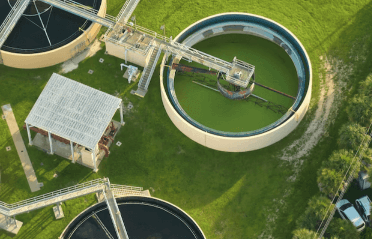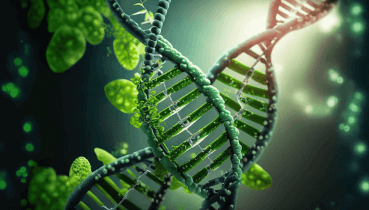Question
a.
have very high selectivity.
b.
increase the activity of a catalyst.
c.
provide large surface area with a small amount of active material.
d.
inhibit catalyst poisoning.
Posted under Basic Chemical Engineering
Interact with the Community - Share Your Thoughts
Uncertain About the Answer? Seek Clarification Here.
Understand the Explanation? Include it Here.
Q. Catalyst carriers
Similar Questions
Explore Relevant Multiple Choice Questions (MCQs)
Q. For the liquid phase zero order irreversible reaction A → B, the conversion of A in a CSTR is found to be 0.3 at a space velocity of 0.1 min⁻¹ . What will be the conversion for a PFR with a space velocity of 0.2 min⁻¹ ? Assume that all the other operating conditions are the same for CSTR and PFR.
View solution
Q. A high space velocity means that a given
View solution
Q. In flow reactors, the performance equations interrelate the rate of reaction to the
View solution
Q. When the density of the reaction mixture is constant in a chemical reaction, the ratio of the mean residence time to space time is
View solution
Q. In an ideal tubular-flow reactor
View solution
Q. At a given value of E/R (ratio of activation energy and gas constant), the ratio of the rate constants at 500°K and 400°K is 2, if Arrhenious law is used. What will be this ratio, if transition state theory is used with the same value of E/R?
View solution
Q. __________ is the controlling step in a highly temperature sensitive fluid-solid non-catalytic reaction.
View solution
Q. An autothermal reactor is
View solution
Q. The equilibrium constant of a catalytic chemical reaction __________ due to the presence of a catalyst.
View solution
Q. The rate constant of a chemical reaction increases by increasing the
View solution
Q. The catalytic activity of enzymes is due to their capacity to lower the __________ energy.
View solution
Q. A first order reaction requires two unequal sized CSTR. Which of the following gives higher yield ?
View solution
Q. Pick out the correct statement.
View solution
Q. If a solid-gas non-catalytic reaction occurs at very high temperature, the rate controlling step is the __________ diffusion.
View solution
Q. The units of frequency factor in Arhenious equation
View solution
Q. Which of the following is not a chemical step in a fluid solid catalytic reaction ?
View solution
Q. The rate of a chemical reaction is almost doubled for every 10°C rise in temperature. The rate will increase __________ times, if the temperature rises form 10 to 100°C.
View solution
Q. A catalyst in a chemical reaction __________ free energy change in the reaction.
View solution
Q. Signal normally used to study non-ideal flow by stimulus response technique is __________ input.
View solution
Q. When all the limiting reactant is consumed in the reaction, the operational yield __________ the relative yield.
View solution
Recommended Subjects
Are you eager to expand your knowledge beyond Basic Chemical Engineering? We've handpicked a range of related categories that you might find intriguing.
Click on the categories below to discover a wealth of MCQs and enrich your understanding of various subjects. Happy exploring!








